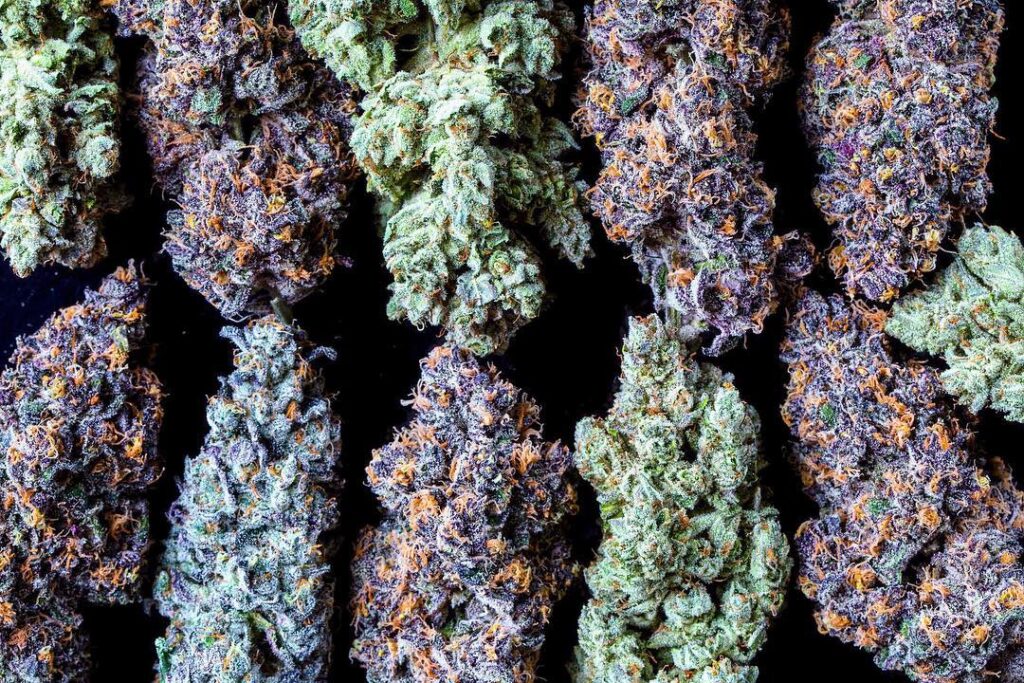In a significant development, the United States government is poised to reevaluate its stance on cannabis policy, considering it less hazardous than substances such as LSD or heroin. The Drug Enforcement Administration (DEA) is reportedly contemplating reclassifying marijuana to categorize it as a substance with a lower risk profile, as per reports from various American media outlets.
Understanding the Implications
This potential reclassification does not automatically equate to nationwide legalization of marijuana within the United States. Instead, it signifies a downgrade in the severity of penalties associated with its use, potentially relegating it to a lesser offense category. Moreover, this shift could potentially streamline access to cannabis for medicinal purposes, a prospect eagerly anticipated by advocates for medical marijuana.
Economic Stimulus and Regulatory Impact
Beyond its social and medical implications, the proposed reclassification also holds profound economic ramifications, particularly for the burgeoning cannabis industry. Investors within the sector have long awaited this reclassification, as it could alleviate financial burdens on cannabis businesses, potentially eliminating additional taxation that has hindered their growth and profitability.
Historical Context and Scholarly Insights
Historian Arjan Nuijten sheds light on the historical underpinnings of such policy shifts in his dissertation. He argues that the motivation behind adopting a more lenient drug policy historically has often been rooted in the desire to mitigate societal harm and reduce public nuisance rather than solely endorsing drug use.

Future Outlook and Industry Perspectives
The prospect of a revised classification for marijuana has spurred optimism within the cannabis industry, particularly in states where the drug has already been legalized for recreational or medicinal purposes. Industry stakeholders anticipate a potential surge in market activity and investment influx, as regulatory barriers are potentially lowered, fostering a more conducive environment for business expansion and innovation.
Conclusion
As the United States government contemplates reclassifying marijuana to reflect its perceived lower risk compared to other controlled substances, stakeholders across various sectors are closely monitoring the potential implications of such a policy shift. While the immediate effects may primarily impact regulatory frameworks and economic dynamics, the broader societal and health implications remain subject to ongoing scrutiny and debate.
In conclusion, the evolving landscape of cannabis policy underscores the dynamic interplay between regulatory frameworks, societal attitudes, and economic imperatives. As policymakers navigate these complexities, the ripple effects of their decisions extend far beyond the confines of legislative chambers, shaping the trajectory of an industry poised for unprecedented growth and transformation.